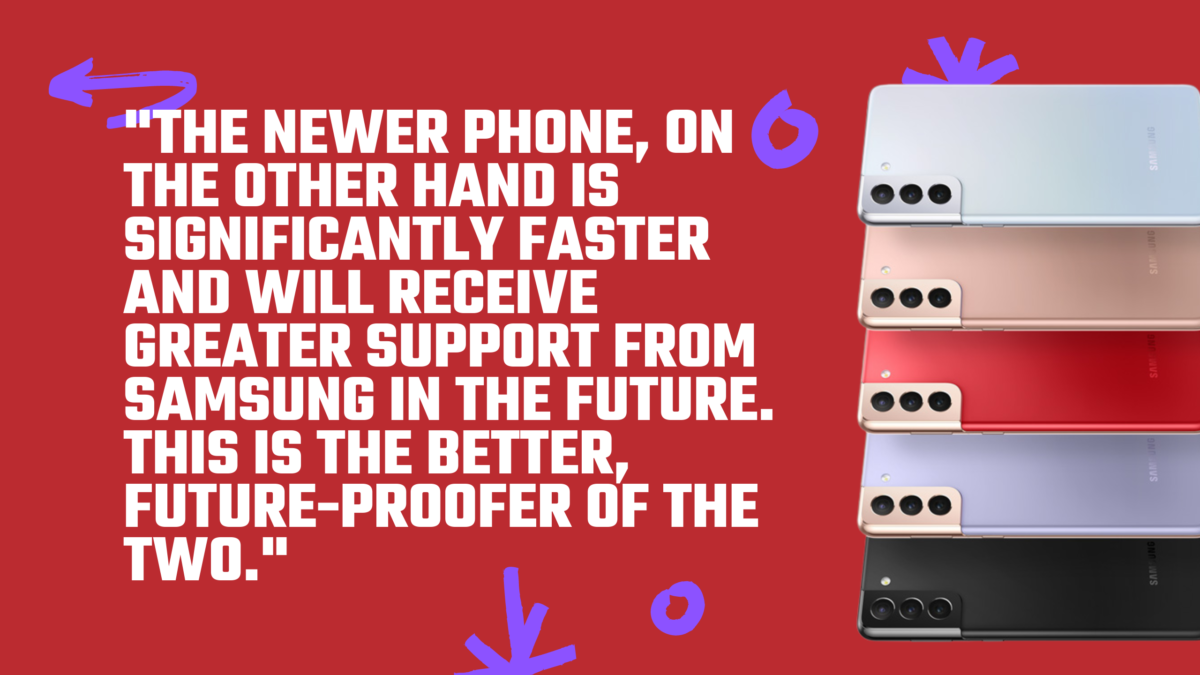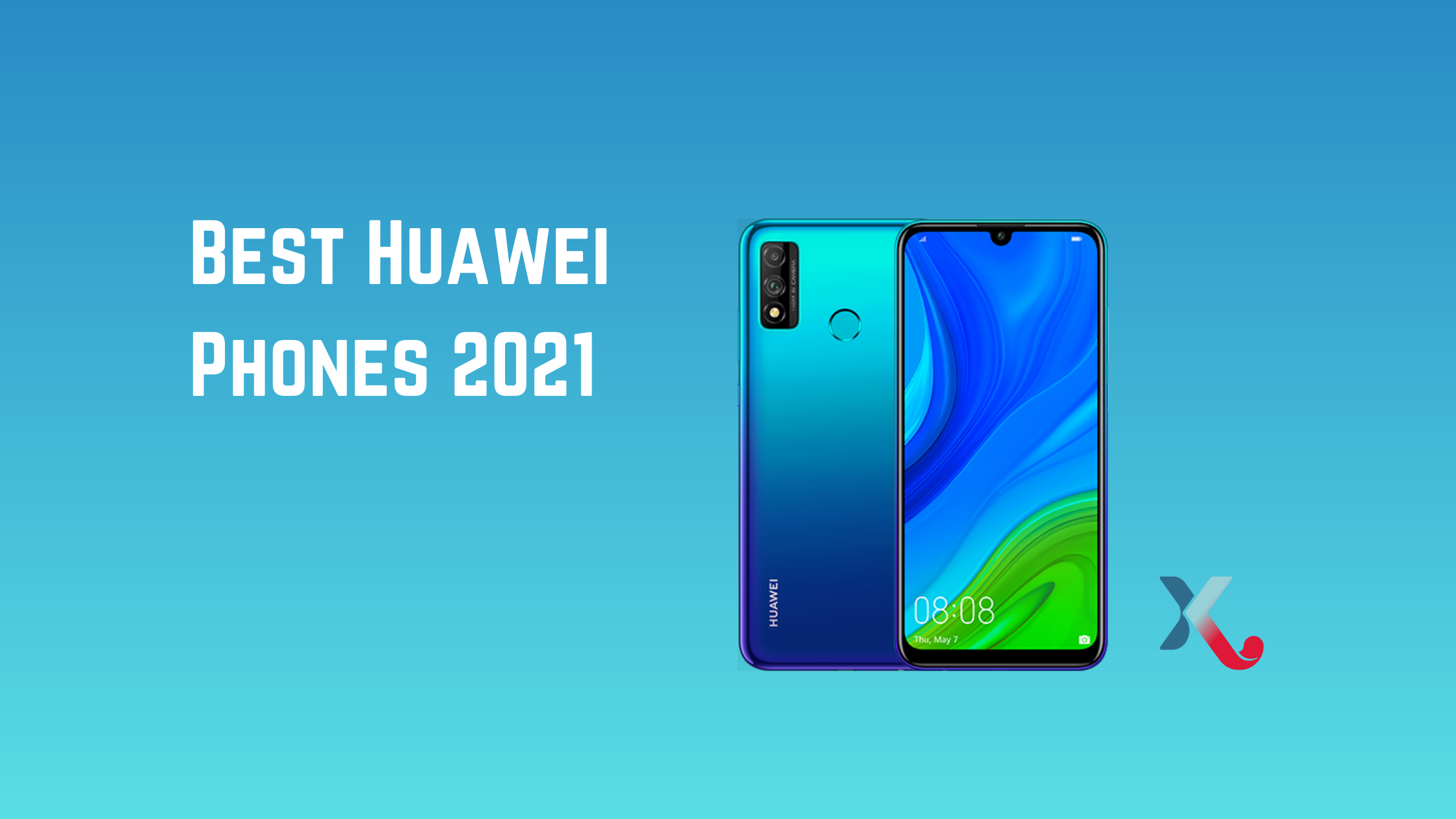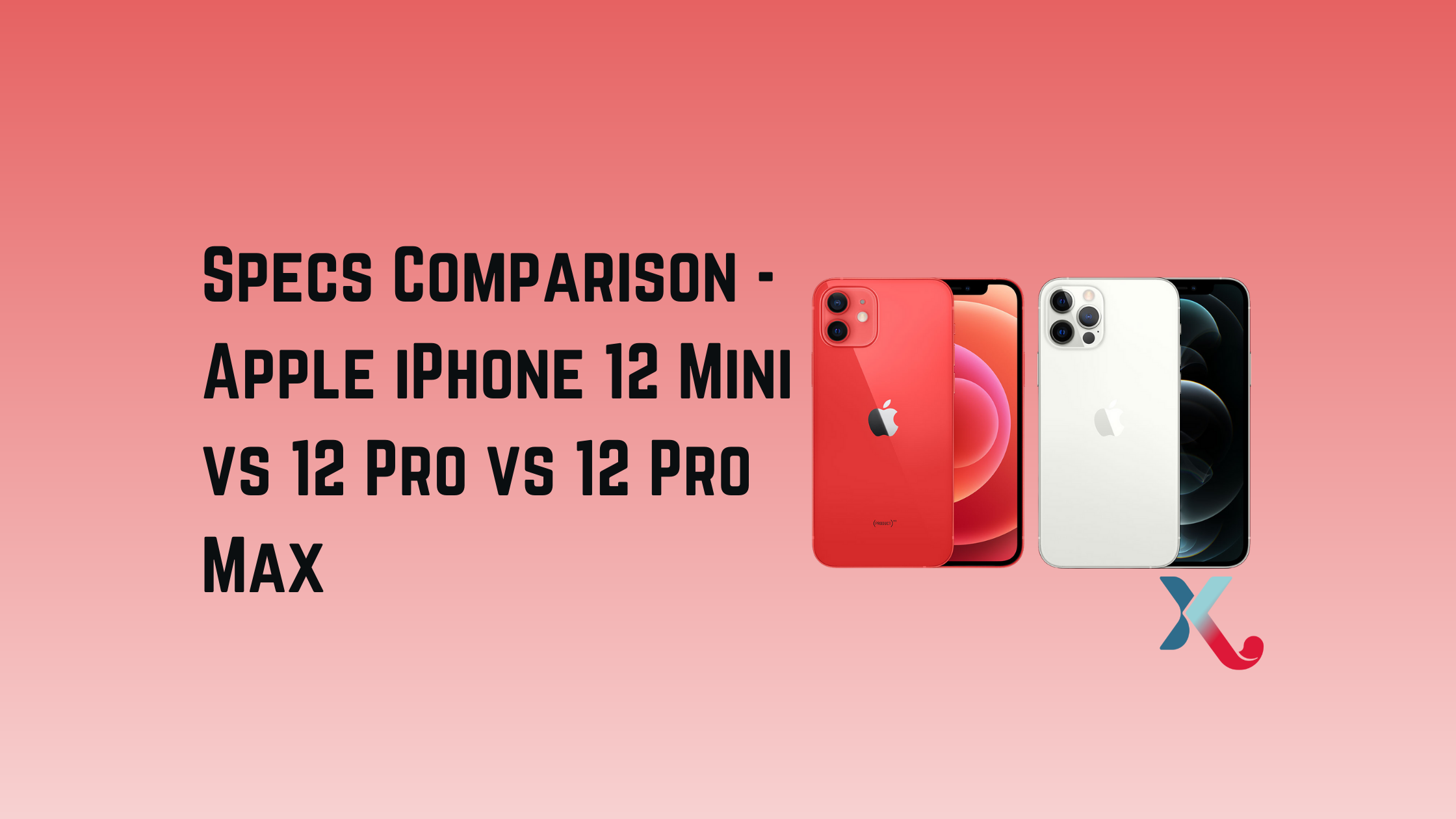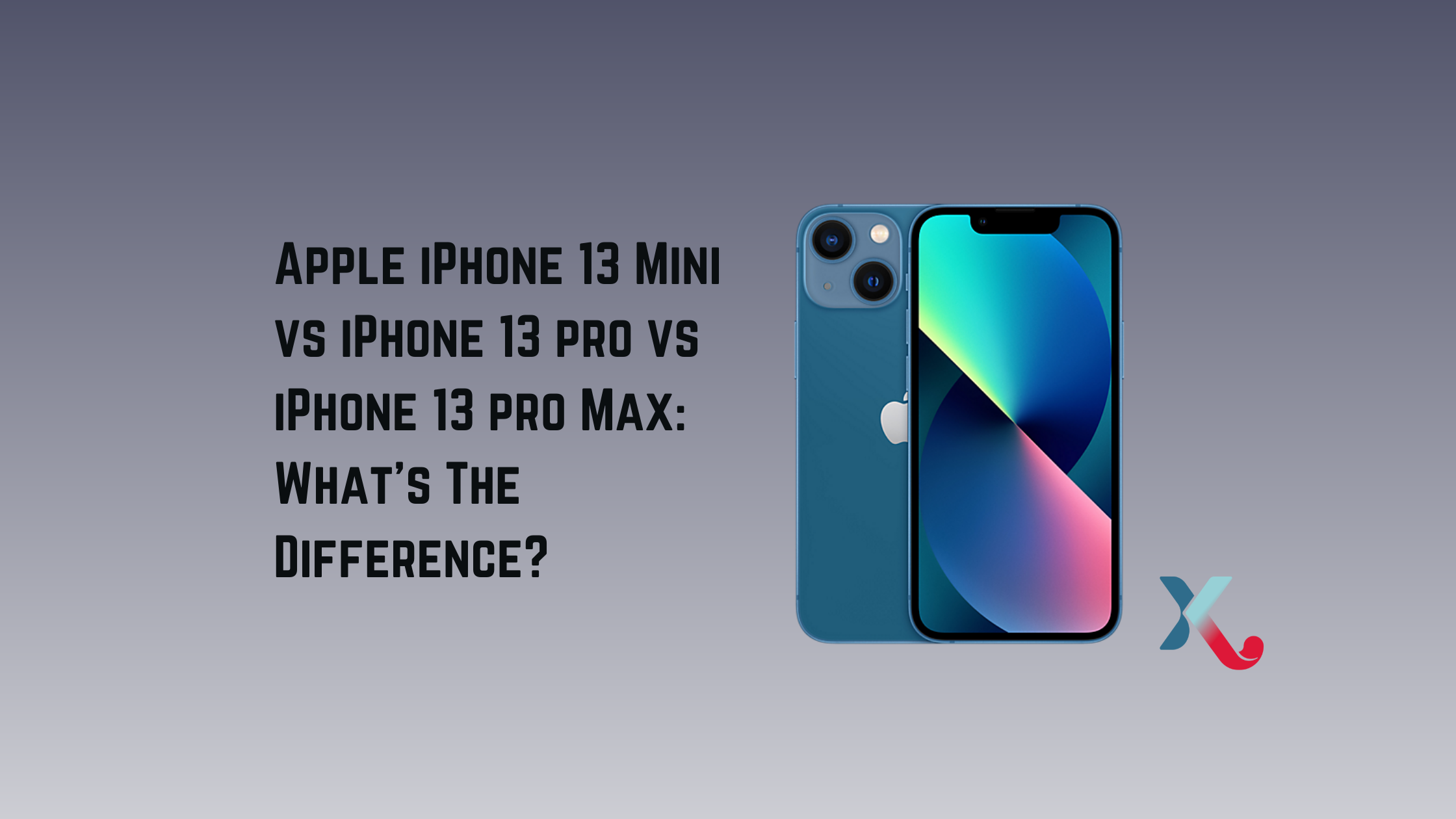The S21 is not the clear winner that you might think. After years of unambiguous flagships, the Samsung Galaxy S21 shifted direction for the long-standing smartphone brand.
This alone makes it fascinating to compare the Galaxy S21 with its predecessor, Samsung Galaxy S20. Although the Ultra line was introduced alongside the S20 by Samsung, it was considered an uncompromising flagship phone.
This is not true for the Galaxy S21. It struggles to keep up with the Galaxy S20 in many ways.
Which phone is the best overall? This one is going to be extremely tight.
Design
These phones are both compact and sturdy, but the Samsung Galaxy S20 is undoubtedly the more desirable and premium of the two.
The Galaxy S20’s frame is aluminium and glass, but Samsung used a more affordable ‘Glasstic’ composite to make the Galaxy S21’s back panel. This is the only phone in the Galaxy S21 series to feature this.
The Galaxy S20, despite its lower quality, is lighter at 163g for the 4G and 5G versions. The Galaxy S21 is 169g for sub-6GHz models and 171g mmWave models, two different versions of 5G.
Both phones have a similar footprint with identical heights of 151.7mm and thicknesses of 7.9mm. The Galaxy S21 measures 71.2mm wider than the S20, but is just over 2mm wider. It drops the extravagant curved display of Galaxy S20 in favour of a flat display with larger side bezels.
The Galaxy S21’s visual appeal is not completely lacking. The S21’s sleek ‘Contour cut’ camera module improves the S20’s generic unit.
Samsung’s in-display ultrasonic fingerprint scanner for the Samsung Galaxy S21 has been improved by 70%. Both phones have an IP68 rating for water and dust resistance.
The Galaxy S20 is, however, generally speaking, a more flagship-like design.
Display
Both phones have 6.2-inch AMOLED displays, which can be run at a fluid 120Hz refresh speed. This is due to the difference in resolutions. The older phone is more impressive.
The Samsung Galaxy S21 screen is capable of displaying at FHD+ (1080×2400) resolution while the Galaxy S20 can output at either QHD+ (1440×3200) or FHD+ (1080×2400).
The Galaxy S20 cannot output QHD resolution while maintaining a fluid 120Hz refresh rate. If given a choice, the Galaxy S20 would choose the latter, because it is truly transformative to the experience. The Galaxy S20 is the clear winner with QHD.
The Samsung Galaxy S21’s peak brightness is one of its best features. The Galaxy S20 could reach 1200 nits while the S21 can manage 1300 nits. Although it isn’t a huge difference, it’s noticeable.
The Galaxy S21’s display also has a win with its toughness. It features a Gorilla glass Victus frontage instead of the Galaxy S20’s older Gorilla glass 6.
Both displays can display HDR10+ content and are vibrant with colour and contrast.
Camera
Both phones feature the same camera hardware. This equates to a three-lens system consisting of a main 12MP sensor, an f/1.8 aperture that produces 1.8mm pixels and a backup 12MP ultra-wide.
They both pack the 64MP telephoto lens, which captures only 1.1x optically zoomed images. They instead use clever software tricks to create sharp, balanced 3x hybrid zoom shots.
The Samsung Galaxy S21 brings a lot of software tricks to the table, even though there is no new hardware. Director’s view allows you to see all three rear lenses simultaneously and gives you the ability to switch between them. Vlogger mode allows you to record video from both the rear and front cameras simultaneously.
Single Take is a feature on both phones that uses AI and slow-motion recording to capture and process multiple image types simultaneously. Both phones can handle 8K video at 24fps and 4K at 60fps.
The Galaxy S21’s camera is not as good as the Samsung Galaxy S20’s. The camera options on these phones are not essential if you are deciding between them. Both phones can take excellent, but not exceptional photos.
Performance and specifications
Both phones are affected by Samsung’s strange split hardware strategy. Both phones have global models that use Samsung’s Exynos chips. However, the US and China models are made with Qualcomm’s generic but more powerful Snapdragon equivalents.
The Galaxy S21 has a smaller gap, however. The Snapdragon 888 model in the US is actually very close to Exynos 2100’s global model.
The global Galaxy S20 runs on an Exynos 910, which is a lot slower and less efficient than the Snapdragon 865 in the US.
The Samsung Galaxy S21 is a clear winner when compared to its predecessor. The Exynos 2100-powered Galaxy S21 scored 3,367 in the Geekbench 5 multi-core test. The Galaxy S20 powered by Exynos 990 managed 2,699. Similar results can be seen in the GPU stakes.
Practically, the Samsung Galaxy S21 reviewer felt that the phone was more responsive than the S20 for everyday tasks like gaming and multitasking and having multiple apps open in split-screen view.
The standard 8GB RAM on both phones is available, but there is also a 12GB version of the Galaxy S20 5G. Both phones come with 128GB storage, but the Galaxy S21 comes in a 256GB version. Only the Galaxy S20 has a MicroSD slot.
Both phones run Samsung’s modified One UI. While it may not be to everyone’s liking, the One UI is customizable and feature-packed. This is the main reason why the Galaxy S21 is still newer: it will receive an additional year of software support by Samsung.
Batteries
The 4,000mAh battery capacity of both the Samsung Galaxy S21 (and the Samsung Galaxy S20) is not huge by current Android flagship standards. The Galaxy S21 does have a few advantages.
It runs on a modern, more efficient processor, which we have already discussed. Another advantage is its higher refresh rate display implementation. It can scale between 48-120Hz, reducing power consumption.
Both phones are able to withstand a day of heavy usage without requiring any extra charge. Both phones can last for a whole day on one charge. However, heavy usage may sometimes result in a dead battery before bedtime.
Both phones can charge at a modest 25W wired or 15W wireless. Rival manufacturers have adopted the 55W and 65W standards. These can be used to get you full in half an hour while the twin Galaxies only take you half way.
The Samsung Galaxy S20 still comes with a 25W charging cable. The Galaxy S21 dropped the provision under the premise that e-waste can be minimized.
Overall, neither phone is better for your stamina than the other, but you shouldn’t rule them out. They will get you through most workdays without any problems.

Takeaway
It’s not unusual to compare a smartphone with its predecessor. Except for the price, the new phone is superior in almost all aspects.
This one is different. Samsung’s Galaxy S21 is a departure from the Galaxy S20. It appears that Samsung is treading water for the first time. They even rolled back certain areas in an effort to lower the price and create differentiation with the rest S21 range.
The Samsung Galaxy S21 has exactly the same camera system and a lower-quality design. It also doesn’t offer a QHD resolution.
The newer phone, on the other hand is significantly faster and will receive greater support from Samsung in the future. This is the better, future-proofer of the two.
You won’t have to compromise on anything if you can find a Galaxy S20 that costs a lot less than the Galaxy S21 equivalent.
Where To Buy? At NIX Of Course!
Trade-in your old phones with NIX and leave with a brand new phone.
Remember, the NIX magic number is zero!! How close can you get? Come in and see.
Recycle your old phone with NIX and sign-up to our Premium Membership for even better prices and saving at NIX.
MEGA TIP: NIX Premium Members can trade in multiple devices at once to really reduce the price of the new phone.


